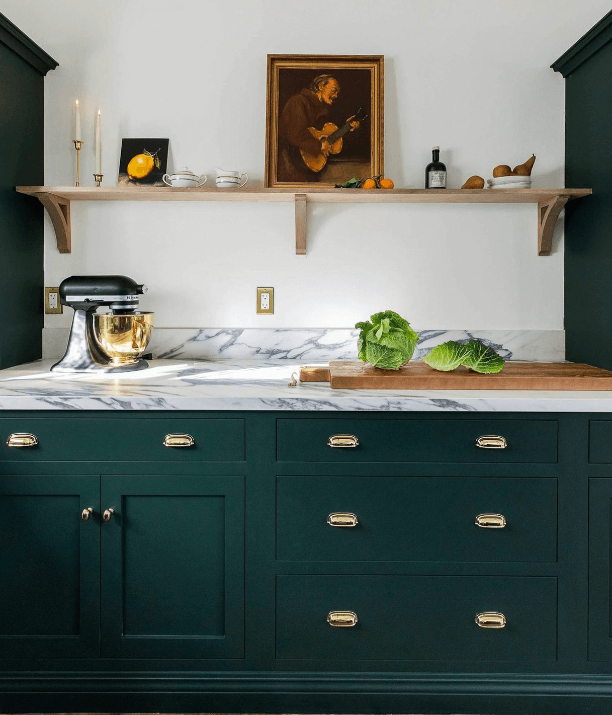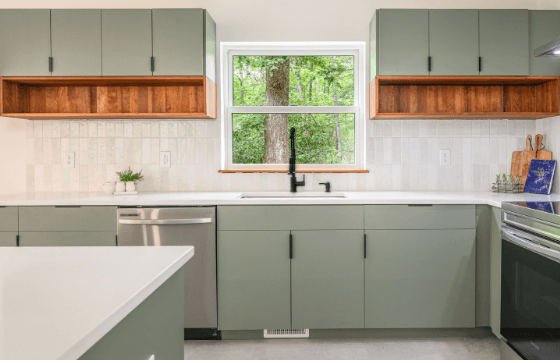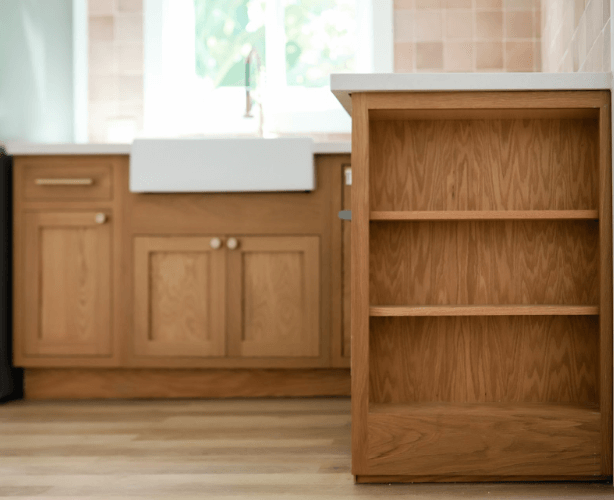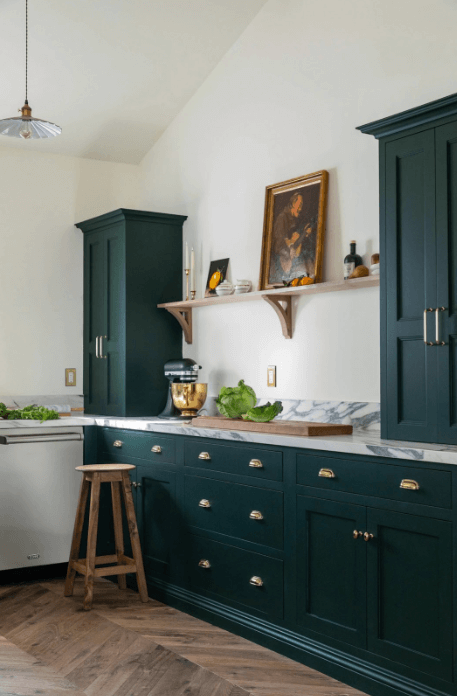Kitchen Design Trends in the Twenties: Then and Now

Though you’d be hard pressed to find someone on the street who can name a Charlie Chaplain film, we are living in the ‘20s. The roaring might sound different now, but the modern pace of development in technology, pop culture, and the economy mirrors that which Americans saw through the 1920s. Considering this bridge between the eras, it may or may not be surprising to see fads of the past reiterated and refreshed in current home design trends. Whether you have Bauhaus house or art deco decor, let’s take a look at current and projected trends and how we’ll be puttin’ on the ritz in the 2020s.
Personalized Innovation
With rapid developments in technology taking place every day, it has become more possible to tailor your kitchen precisely to your needs. An ultra-smart kitchen in 2024 may sync kitchen appliances or lighting fixtures to one’s phone, have automatic and programmable timers, and be temperature-controlled and motion-sensored where applicable. This level of innovation parallels the invention of the modern kitchen in the late 1920s. Made into a separate room intentionally designed to simplify life to the max– reducing walking time from different points in the kitchen, creating storage containers expressly for the purposes of storing sugar and flour– our ability to fine-tune our kitchens to our needs has improved but the spirit of innovation remains.

Functional Priority
The early prototype of the modern kitchen was insulated by walls for a functional reason, which was to keep smells and heat out of the main living areas. Along with the invention of the self-contained kitchen came a booming effect in the appliances and tools available, including specialized containers for different ingredients and spices and the invention of the electric refrigerator. This year’s kitchen design trends have a similar push toward functionality that materializes in different ways, such as multi-functional cooking appliances and built-ins like air fryers and steam cookers, and larger kitchen islands. As diets and home cooking trends continue to change, kitchen appliances will continue to develop to meet these needs. Aside from offering more room to host, larger kitchen islands provide more storage, house ever-changing appliances, and lend space for arts and crafts and baking experiments.
An Island to Share

In the late 1920s, the living room was the heart of the home where the family would gather in the glow of the fireplace, listening to little Ellsworth take it away on the piano. Thanks to the current shift toward open floor plans and reducing the amount of walls in the house structure, the kitchen island is the new hangout. The island can wear many hats as it acts as a breakfast bar, a place to receive guests before dinner is ready, a happy hour hangout, and most importantly, a family gathering space. An open floor plan also tends to place the kitchen island in between the cooking space and the living room, bridging the gap between the two and making the heart of the home a more open and welcoming one that Gatsby would envy.
Authentic Materials
The Bauhaus architecture that rose to prominence in the 1920s famously incorporated mostly unaltered organic materials, like metals, glass, and concrete. Art deco style brought in elements of class and sophistication, like regal green hues and gold detailing. With the simple organics of Bauhaus design and the emerald elegance symbolic of art deco, emergent home design trends in the 1920s left an elegant, understated, but somewhat naturalistic impression.
One hundred years later, a reminiscent earthy kitchen style has a hold on homeowners and decorators. Perhaps this trend rises in connection with health and wellness movements or a cultural shift to sustainability, but in practice results in mostly minor shifts in aesthetics, as from white hues to warmer, earthier tones like beiges and greens. Instead of the chrome hardware, appliances, and cabinet pulls that have predominated in kitchens since the 1950s, homeowners are opting for warmer-toned metals like gold and black for fixtures and faucets. Wood grains, especially subtle wood grains as with maple, are on the rise in popularity for that extra connection to nature and touch of authenticity.

Clean Minimalism
As mentioned above, cutting-edge home design in the Jazz Age brought an abundance of purpose and functionality. Despite, or perhaps because of, the cultural chaos and societal upheaval following the first world war, home was a place where one could go about their affairs in a simple and orderly fashion. Houses and interior design were quite simple, clean, and minimalistic to look at, with a few bold elements whether in color choice or geometric decor. Kitchens being renovated or renewed in the present ‘20s take the same inspiration. Frameless cabinetry with flat or slab panel designs are rising in popularity for their increased function and sleek looks. Decreased hardware on the cabinetry gives a more seamless style and the usefulness of having more storage comes with less visually cluttered counterspaces. Other seamless elements, such as an extended countertop to backsplash look and invisible induction cooktops, are broken up with the occasional splash of fun color or statement lighting.
In Conclusion
The ways in which the world has changed since the 1920s are innumerable and in 2120, the same will be said about the world now. However, the saying, “if it ain’t broke, don’t fix it” applies here: these trends are seeing a resurgence for a reason. Creating a kitchen to fit your needs functionally, socially, and visually, is a worthwhile pursuit, and your tastes and the way you style your kitchen may be emulated in the century to come. Trends start with you, so what will the 20s be known for?
A timeless style is one that lasts, and Cabinet Joint’s quality and customization lends itself to a lasting home. Whether you want your neighbors to believe flappers will spring from your house at any minute, or robots, it’s your home– and custom kitchens call for custom cabinets.
